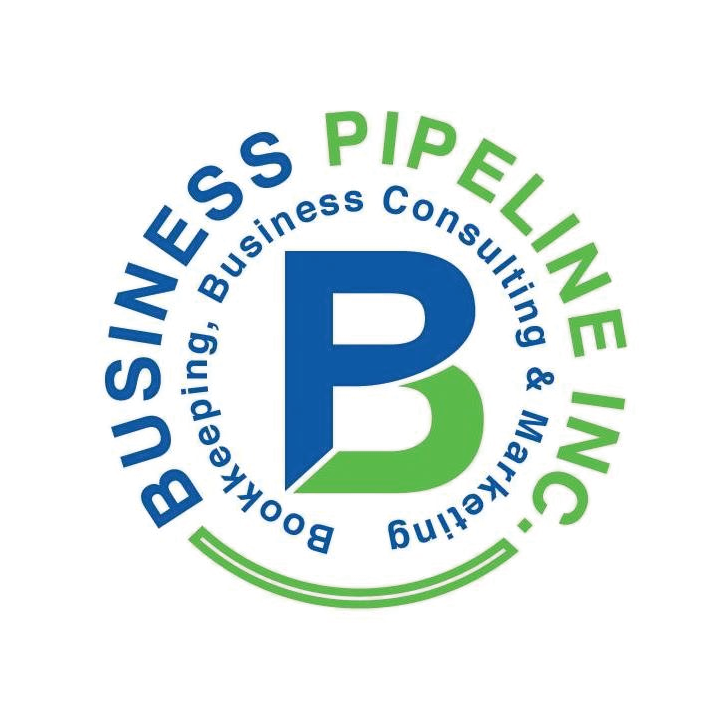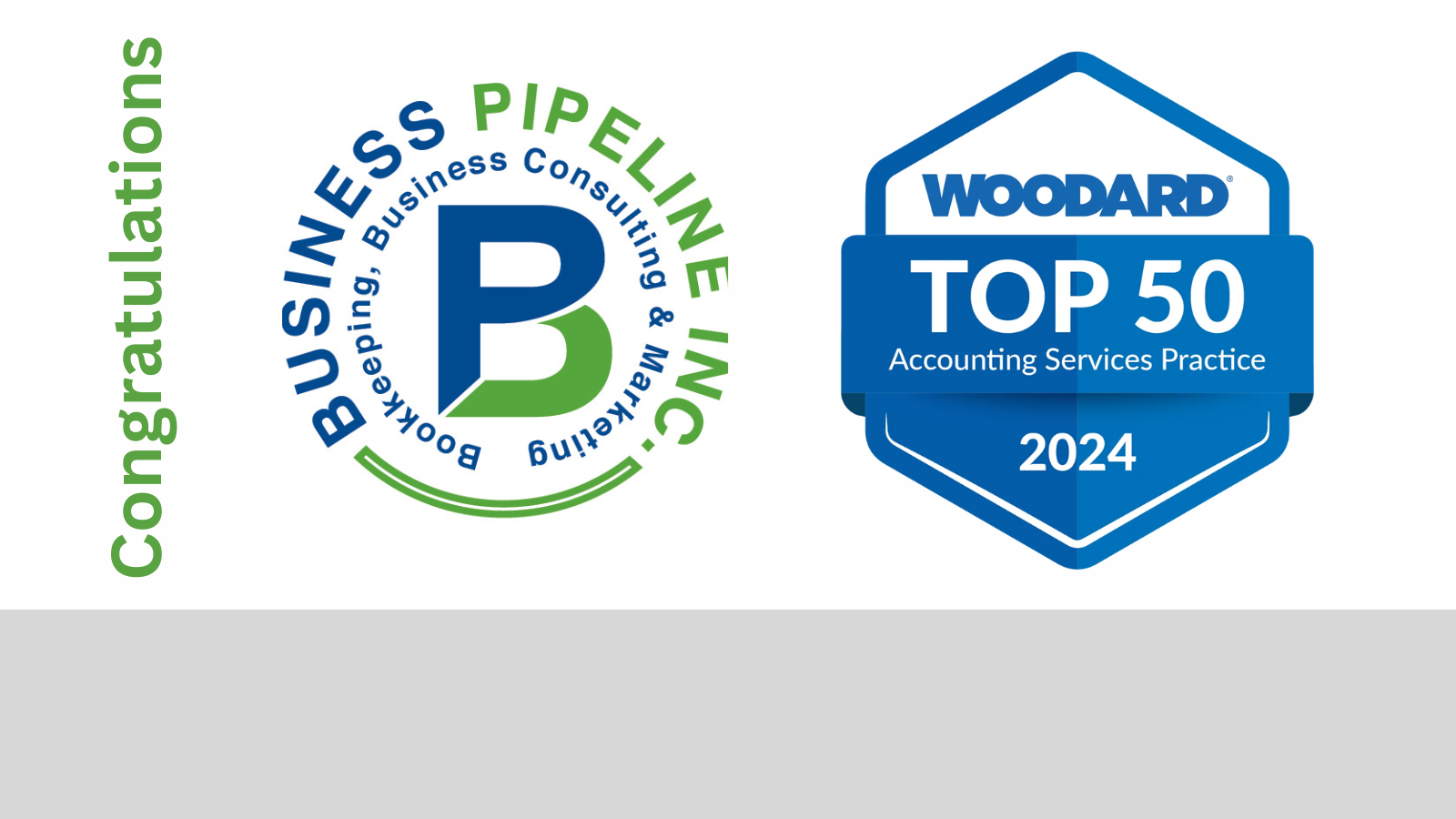Upon realizing the need for a more streamlined approach, the board downsized the number of accounts. Unfortunately, the organization’s existing tech stack, inadequate for comprehensive business management, made this transition particularly challenging.
Another significant barrier was the widespread unfamiliarity with QuickBooks Online among various departments. Many staff members struggled to navigate the software, highlighting an urgent need for tailored training programs designed to address each department’s distinct needs. Additionally, the board sought timely and accurate insights into the organization’s financial performance. They needed the ability to access real-time data to inform strategic decisions and foster greater accountability.
Solutions Implemented
To tackle these pressing issues, the organization implemented a comprehensive strategy to streamline its banking operations. The initial objective focused on reducing the number of bank accounts from an unwieldy 40 to a more manageable 10. In addition, the organization opted to maintain five credit cards, assigning each department head responsibility for their respective card. This restructuring aimed to simplify financial management and promote accountability and ownership among department leaders.
To facilitate employee reimbursements, the team introduced a dedicated credit card platform. This innovative solution featured credit limits and an integrated receipt capture feature, making it easier for employees to manage their expenses while ensuring proper oversight.
A critical component of the transformation involved more effectively leveraging QuickBooks Online. The finance team created a customized chart of accounts tailored to the organization’s unique needs. They also developed product service lists, classes, and tags—now called “dimensions”—to meticulously track all initiatives. Additionally, the organization transitioned subaccounts to a more capable banking provider, which offered enhanced functionalities that better supported financial management requirements.
Integrating five third-party applications into QuickBooks Online emerged as a game changer for the organization. These apps cover diverse functions, including donor management, customer relationship management (CRM), accounts payable, and accounts receivable. By offering deeper reporting capabilities, the apps gave the board of directors and department heads the critical financial insights necessary for making informed decisions.
Outcome
The results of these efforts were remarkably transformative. The organization significantly reduced the administrative burden of managing departmental funds by implementing the five third-party applications. Department heads gained the ability to take control of their budgets and forecasting processes, leading to an increased sense of empowerment and responsibility.
The reporting applications supplied real-time financial insights to the board, ensuring they possessed the data needed to guide strategic initiatives effectively. As a result of adopting the right technology stack, the organization substantially improved its financial management efficiency. This empowered the staff to become adept at cash flow management across all platforms, fostering a culture of responsibility and informed decision-making that ultimately strengthened the nonprofit’s mission and impact in the community.
Through diligent training, a commitment to streamlined processes, and effective use of technology, the organization transformed its financial management from a complex burden into a strategic asset, positioned for sustainable growth in the future.





